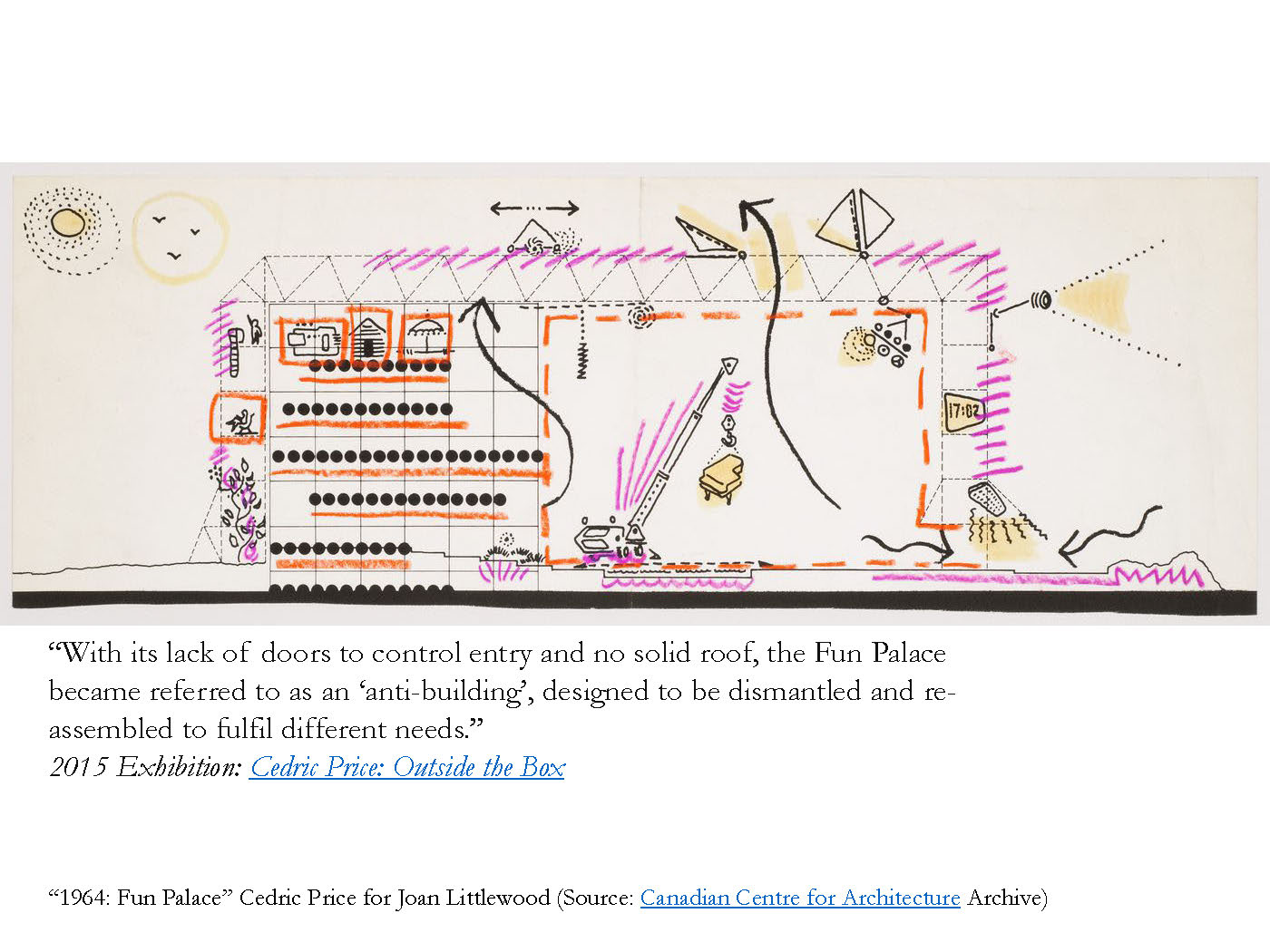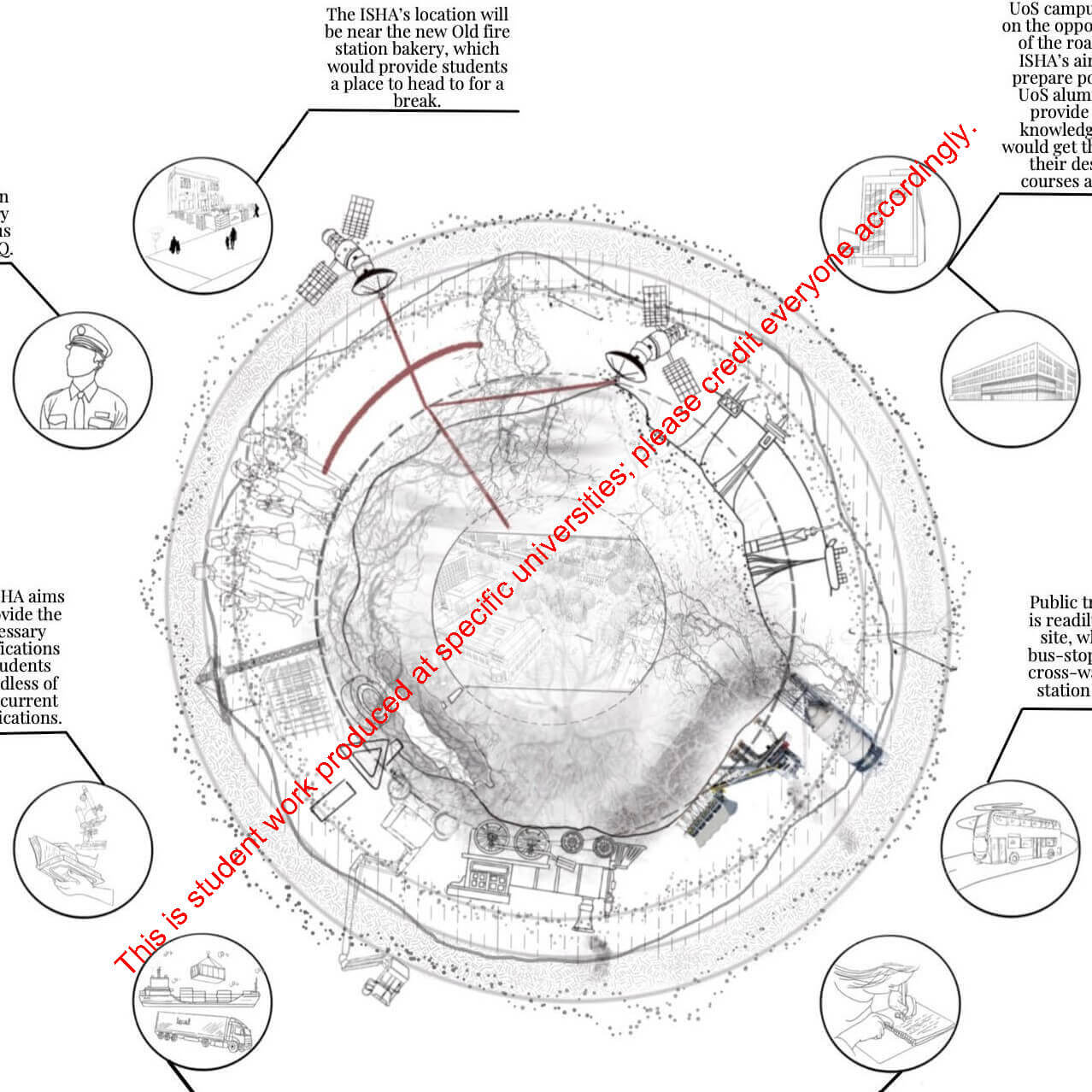
We respect your privacy. We use non-sensitive information such as cookies and device identifiers to insure that we give you the best experience on our website. You can agree to allow cookies or opt out.


As a lecturer at the University of Salford, I convened and led the second-year BSc Design Studio in 22-23 and 23-24: DS2A—Designing Environmental Future-Pasts and DS2B—Cosmopolitical Design & Site-specific Practices. The interdisciplinary L5 studio brings students of the Architecture (ARB/RIBA), Architectural Engineering (CABE), and Interior Architecture courses together to engage with critical questions about how design practice disturbs the environment (Easterling, 1999, 2016; Murphy, 2006a, 2006b) and reassembles spatial and material “architectural associations” (Latour & Yaneva, 2008; Yaneva, 2010, 2017) among users, inhabitants, and environments.
The Studio introduces second-year design students to systems thinking, network mapping, and spatial aesthetics. It is co-tutored with a group of creative, experienced, and award-winning architects: Vijay Taheem (ex-partner at Design Studio-North), Remi Phillips-Hood (designer at Heatherwick Studio), and David Connor (Founder of David Connor Design). Below are examples from the latest iteration in 23-24.

DS2B Lecture Slide; image: “1964: Fun Palace” Cedric Price for Joan Littlewood (Canadian Centre for Architecture / CCA Archive)
The DS2B brief questions how the new generation of architects operates within the predominant ideologies of environmentalism, including notions of sustainable, green, eco, carbon neutral, and net zero design. While its concerns are e grounded in legacies and entanglements of technological advancement, industrial development, consumption patterns, social inequalities, and extractive economies, the worldview of environmentalism still operates on the nature-society duality and romanticises restoring harmony between both. Such ideologies render architecture a guilt-tripping practice seeking to save the world by restoring a lost natural balance through construction management and science.
But where is the imaginative force of architecture when humans are conceived as geological agents? What kind of aesthetics drives our imagination as architects in the Anthropocene? And how do we act upon the world (Latour, 2004, 2005; Turan, 2019; Yaneva, 2017) in an architectural capacity rather than a mere constructional liability?
The studio introduces new theoretical frameworks and design methods, including:
Download >>> DS2B Syllabus: Cosmopolitical Design & Site-specific Practices: Salford ISHA
Featured student work: Araba Esuon, Devam Kachiwala, Furqaan Iqbal, Gabrielle Nyathi, Grace Share, Harriett Boyle, Jana Ahmed, Mohamed Kassab, Oliwier Tomaszewski, Tia Manning (Arch); Farah Abdelrahman, Hasna Abdo, Kieran Thornhill, Robert Brazier (Arch Eng); Derek Ahiamadi (Interior Arch).

DS2B Team Cosmogram: Aaya Abdulridha (Arch Eng), Ali Qamar (Arch), Amna Saeed (Arch Eng), Mohammed Zubair Ahmad (Arch Eng)

DS2B Team Cosmogram: Hasna Abdo (Arch Eng), Jana Ahmed (Arch), Lama Ashek (Arch), Maysam Jassim (Arch)